Should I Add Worm Castings to My Soil? Facts & FAQ
-

- Last updated:
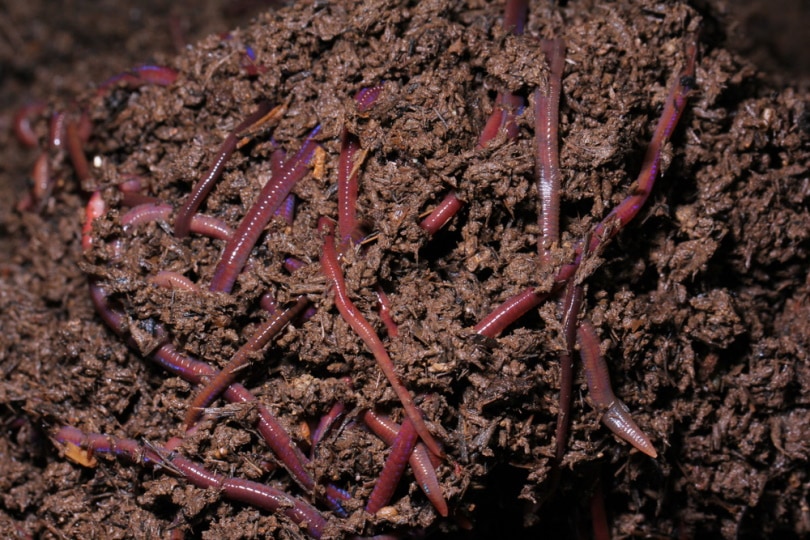
If you love growing vegetables in your backyard, you have to ensure that the plants are well provided for. This includes offering your plants the necessary water and nutrients required for them to thrive. Sure, you can use commercially produced fertilizers to make your plants healthier, but adding worm castings is one of the best ways to supplement, fertilize as well and add the much-needed microbes to your plants.
This article will discuss why you should use worm castings and how much you need to apply. The article will also highlight the various methods of applying worm castings as well as the tips and tricks to fertilize your home garden. Read on to learn more.

What Are Worm Castings?
Worm castings are simply the waste products produced by worms. Also known as worm compost, vermicast, or vermicompost, this worm excrement is made up of a healthy mixture of enzymes, plant matter, bacteria, and animal manure. Many garden worms are usually greedy bugs, capable of eating their body weight in organic matter. So, when you add worm castings to garden soil at the rate of 1/4 to 1/2 cup per 100 square feet, you can rest assured that your veggies will grow and thrive.

Why Use Worm Castings?
Collecting worm droppings may seem like a lot of work, but it is well worth the effort. Worm castings consist of calcium, borax, iron, potassium, copper, zinc, and manganese, all vital nutrients required for a plant to thrive. These essential nutrients are often absent in land tilled for a long time. When you overwork your land without fertilizing it, you will eventually deplete the soil content of these crucial nutrients.
As mentioned earlier, worms are voracious eaters. As the organic matter flows through the worm’s body, it is coated with an oil layer. It may take the oil a while to break down, but when it does (usually after a couple of months), it avails various plant nutrients, which are slowly released into the soil over time. The byproducts eventually develop into a soft, brown, and crumbly soil-like humus that tends to have a sweet smell. This is usually the natural, earthly smell common in forests after a light rain shower, especially after a predominantly dry period.
The final humus-like product acts as a fertilizer for plants. Worm castings are an effective and economical means of improving soil and plant quality in your garden. You need only invest in a couple of worms, depending on the size of your garden.
Clearly, you should store your worms somewhere you can harvest the castings. Unlike pets, you can’t leave your worms to free roam around your compound. You can buy a worm farm from your local agro vet or simply customize your own. By making your own worm farm, you can even reduce kitchen refuse waste because you will be feeding it to the worms.
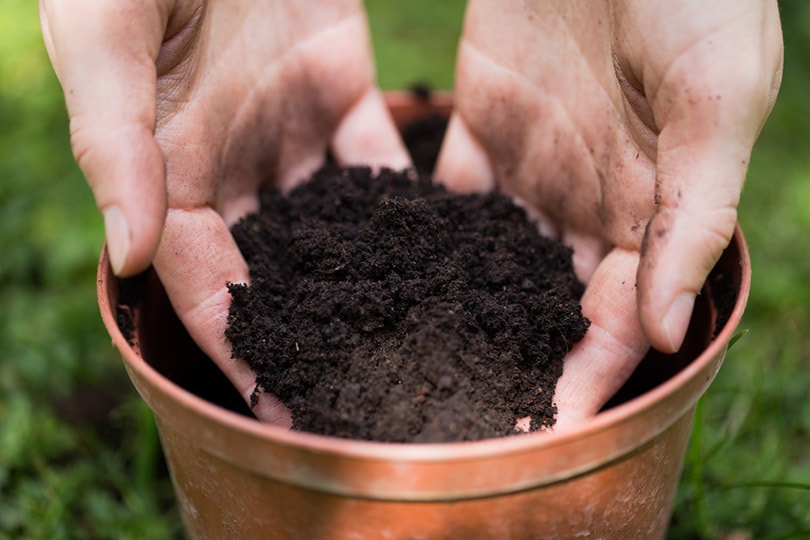
How to Add Worm Castings into Your Soil
When applying worm castings to fertilize your home garden, there are a few different methods you can utilize. However, the application method will depend on how many worm castings are required for that specific method.
Keep in mind that you cannot use too much because it can be detrimental to your plants. Therefore, even though you intend to use all the highlighted methods to apply worm castings concurrently, your plants will not be affected. If anything, you should try as much as you can to provide optimum nutrients to your plants.
So, the number of castings used on a garden will vary depending on the method used. They include:
1. Broadcasting
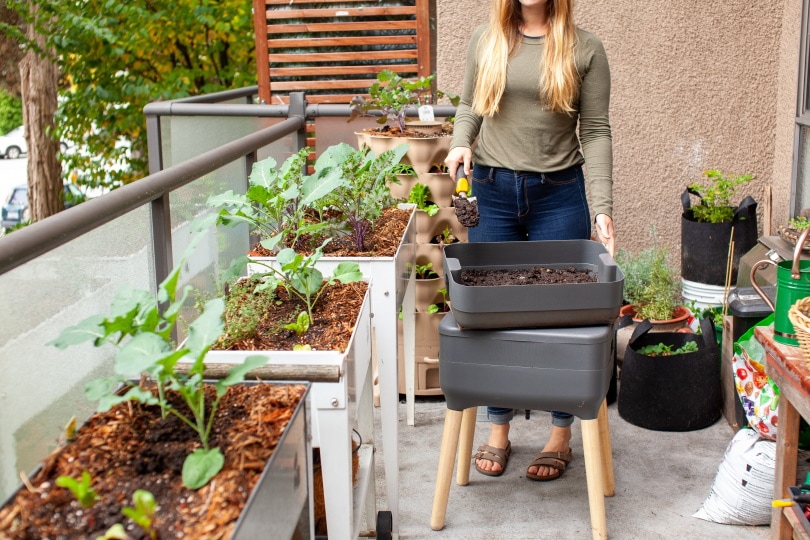
In this method, you must spread the castings on top of the garden soil using a spreader or by hand. Many people prefer using hand-held spreaders. This method is suitable for small garden areas. When working with a larger area, consider going for the industrial-grade spreader. When using the broadcasting method to spread worm castings, apply 15 pounds of castings per 100 square feet of garden. 15 pounds is enough to boost plant growth but not too much to hinder their development.
2. Mix Castings in the Soil
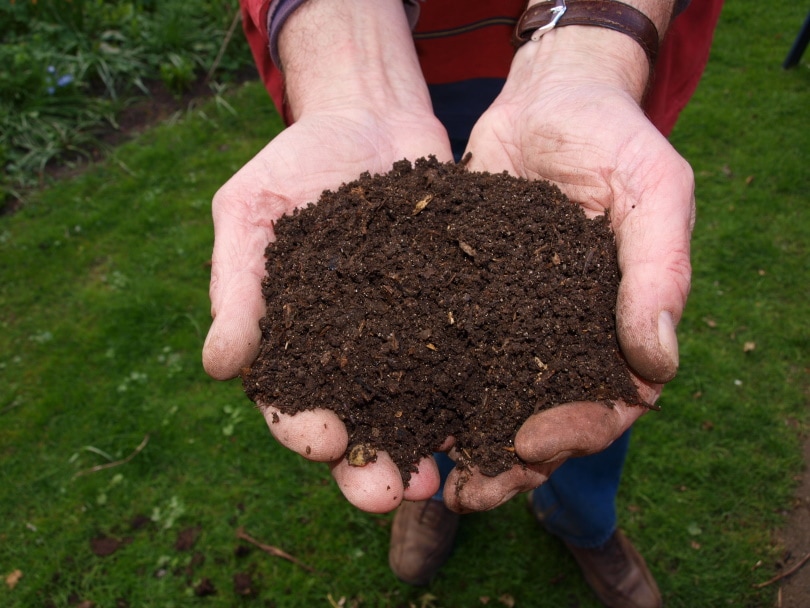
If you intend to fertilize your soil during the planting season, mixing worm castings with the soil is the most suitable way to go about it. When using this method, apply a minimum of 30 pounds of worm castings to 100 square feet of garden soil. Remember, you should be liberal in application because mixing too much could harm the plants.
3. Top Dressing
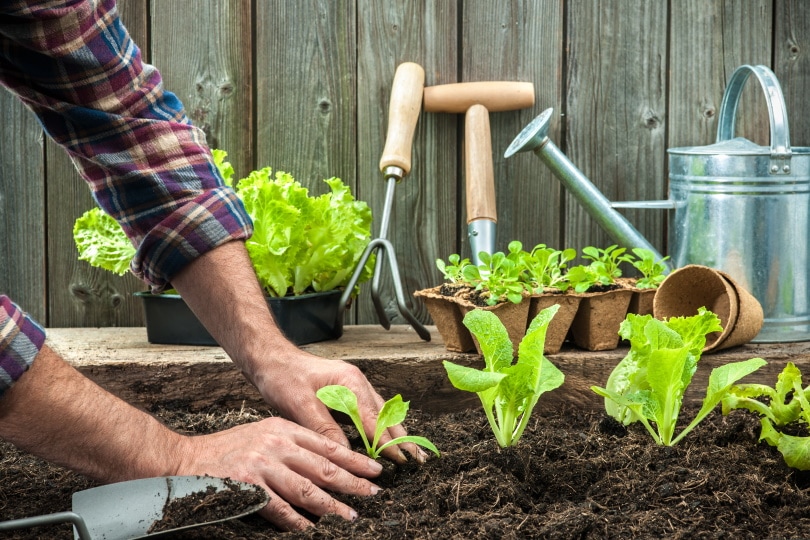
This method of fertilizing plants is usually used after the planting season, and one wants to maximize the advantages of castings on a growing plant. In top dressing, apply at least half a cup of worm castings around the base of every plant growing in your garden. How much castings you feed into your garden will depend on the number of plants growing there.

Other Means of Adding Worm Casting Into the Soil
4. Worm Casting Tea
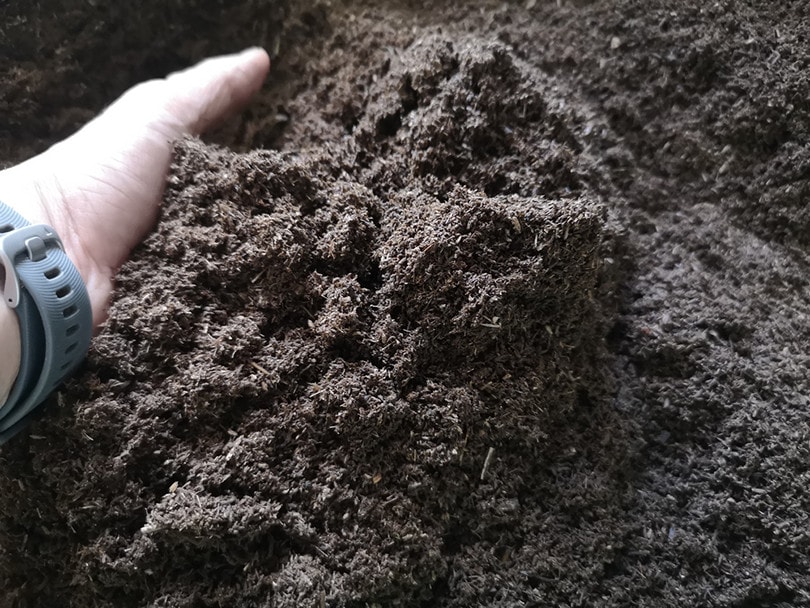
You can also add worm castings into your garden soil in liquid form. This method is popular among gardening enthusiasts because unlike applying dry castings, liquid castings can penetrate a lot deeper into the soil, thus increasing the number of nutrients absorbed into the plant.
For instance, it would take about five pounds of dry worm castings to make five gallons of liquid worm casting tea. The five gallons are enough to fertilize up to one acre of plants, grass, and soil.
Even if you increase the ratio and apply 10 gallons of worm casting tea on the same acre of land, you will still use 10 pounds of the castings. This is significantly lesser than what you would have used if you applied solid worm castings to the same land using the three main application methods.
Drawbacks
While worm casting tea can penetrate deeper into the soil, it presents some drawbacks you need to consider. Sure, the casting tea will avail the necessary nutrients required for healthy plant growth; however, they limit the benefits associated with the traditional dry worm castings.
- For starters, castings tea does not offer the same level of aeration that is present when mixing dry castings with the soil.
- Moreover, you don’t get to have the same moisture retention and regulation level that’s availed by mixing castings with the soil.
- Also, soil microbes will not survive for longer compared to dry castings. You may be forced to reapply the castings tea more often to ensure their survival.
- Another drawback of the tea is that it needs a lot of time and equipment for preparation. You need a worm casting tea kit to create a viable worm casting tea. You will also need a spray bottle to spread the liquid castings on the soil.
- Time is also a discouraging factor when it comes to making castings tea. It usually takes 24 hours to whip up a casting’s tea concoction before application. Thus, you must allocate at least 24 hours for the tea preparation before application. So, if your garden is large, you may have to buy an industrial size tea kit to make enough casting tea to cover the whole land.
5. Hybrid Approach
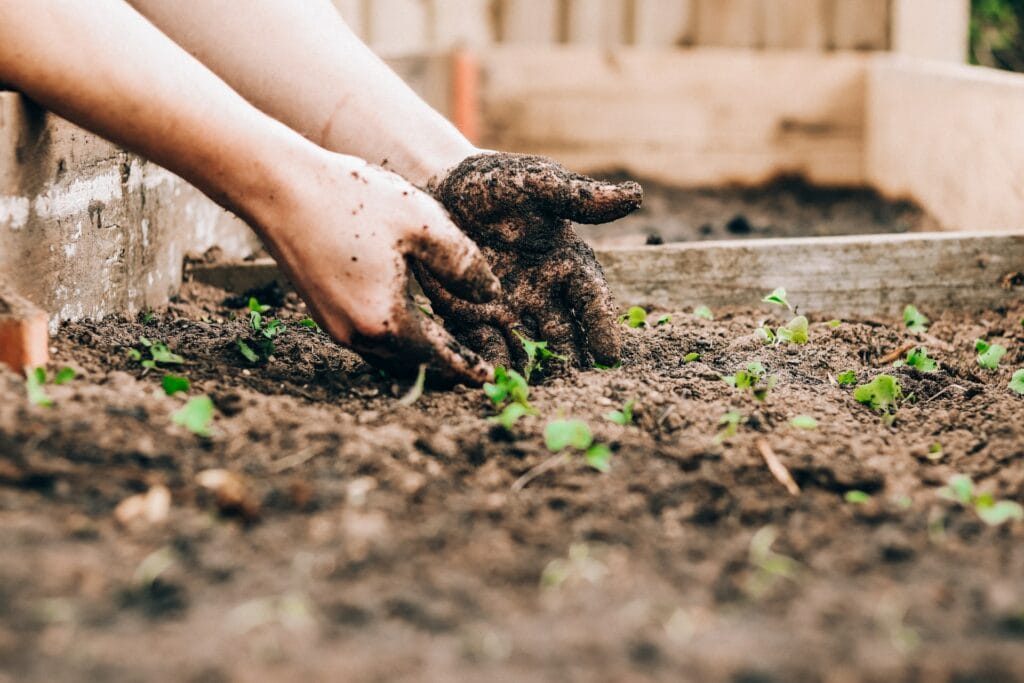
As you may have gathered, both dry and liquid worm casting can enrich your soil for healthy plant growth. For better results, you can utilize the hybrid method, a combination of the two methods.
In the hybrid approach, you start by brewing a worm casting tea, and then spray it around the soil before you begin planting. By drenching the soil with the tea, you promote microbe growth in the soil, which helps in the enrichment of the natural environment where the plant is growing. Add dry worm castings into the soil as you are planting.
Whichever method you opt for, it’s best to over-approximate the number of worm castings you will need. This way, you can always apply more castings than you initially intended, and if some remain, you can save them up for future use.
Tips and Tricks for Adding Casting Worms Into Soil
- As earlier mentioned, ¼ pounds is suitable for 100 square feet. This is the equivalent of using two handfuls of castings. So, if using your hands to measure the amount you are using, you can always cup some extra casting for optimum results.
- When adding worm castings into the soil, don’t just sprinkle them into the dirt at the topsoil. You have to work the mixture to ensure thorough mixing with the soil.
- Never till your land before applying worm castings. Instead, spread the castings on the soil and then till the land to ensure that they are evenly mixed.
- If you do not intend to till your entire garden but still want to add some worm castings, mix them with the soil in a 1–1.5-inch radius around each of the plant stems. More contact between the castings and the plant roots means better results.

In Conclusion
Providing your garden with the necessary nutrients will go a long way towards ensuring your plants grow and thrive. While most people are still skeptical about the efficacy of worm castings, these worm droppings are packed with nutrients such as calcium, potassium, and zinc, among others, which promote healthy growth in plants.
To effectively use worm castings, do not over-fertilize your land. A quarter of a pound is enough to sustain plants in a 100-square feet garden. You can either top dress, broadcast, or mix the dry castings with the soil. If you want the castings to penetrate deeper into the soil, consider using casting tea. Alternatively, mix both dry and liquid castings to create a hybrid for optimum results.
When using worm castings, just ensure that you spread them on the soil before tilling, then thoroughly mix the mixture for effectiveness. Also, if you do not intend to till the whole garden, sprinkle some on the base of the plant. However, the quantity required will depend on the number of plants in your garden.
Featured Image Credit: Pong Wira, Shutterstock
Contents

